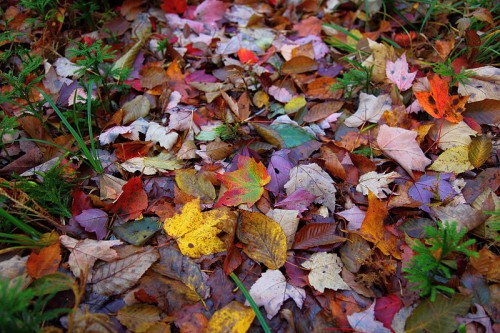Aug 292013
Middle school
Students will expand on their understanding of carbon cycling by measuring the concentration of CO2 and O2 in sealed containers with decomposing leaves. Students will gain experience using the Vernier LabQuest system with two gas sensors. They will also graph data and use the data to evaluate their predictions about what will happen to the carbon inside leaves.
At the conclusion of the lesson, students will be able to:
- Understand that most of a leaf’s mass goes into the air during decomposition
- Recognize the six major elements making up living tissue
- Understand why decomposition is a central step in carbon cycling.
High school
Students will expand on their understanding of carbon cycling and decomposition by measuring the concentration of CO2 over time in closed containers with decomposing materials. In Part 1, they will set up coffee cans in a natural area, in Part 2 they will set up student-designed experiments in the classroom or in the natural area. Students will gain experience using the Vernier LabQuest system. They will also gain experience with the scientific method: designing, conducting, analyzing, and presenting the results of an experiment.
At the conclusion of the lesson, students will be able to:
- Understand that decomposition is a central step in carbon cycling
- List several environmental determinants of the rate of decomposition
- Design and conduct an experiment, beginning with hypothesis development and ending in a classroom poster symposium
Resources:
Middle school
- Lesson plan (.doc)
- Student worksheet (.doc) Answer key (.doc)
High school
- Lesson plan (.doc)
- Student worksheet (.doc) Answer key (.doc)
- Presentation (.pdf)
- How to graph in Excel (.doc)
- Poster rubric (.doc)
Lessons created by Emily Grman, 2009

